SSC CGL Tier 2 2023 Syllabus consists of English, Mathematics, Statistics and General Studies. Check the detailed Syllabus for SSC CGL Tier 2 Exam.
Table of Contents
SSC CGL is the abbreviation of Staff Selection Commission, Combined Graduate level exam, which SSC conducts to recruit candidates for Group B and C posts in Government departments and ministries. The selection procedure for the SSC CGL exam includes 4 stages: Tier 1, Tier 2, Tier 3 and Tier 4. Once the aspirant clears the Tier 1 preliminary examination, they can write the Tier 2 exam, which is also the main examination.
SSC CGL Tier 2 Mains Exam Topics
The SSC CGL Tier 2 Mains exam is an objective-based, multiple-choice questions exam that also comprises 4 sections:
- English Language and Comprehension
- General Studies, which is further divided into
- Finance & Accounting and
- Economics & Governance
- Quantitative Aptitude
- Statistics
The score for each paper in the Mains exam is 200 marks (800 marks overall), and the duration of each paper is 2 hours. The Mains exam is performed online via a computer-based test. In addition, all the candidates have to attempt the English language and Quantitative Aptitude paper. Furthermore, candidates who have applied for the posts of statistical investigator and assistant accounts/audit officer will have to appear for statistics and general studies papers, respectively.
SSC CGL Tier 2 Syllabus
The Staff Selection Commission conducts SSC CGL exams and recruits candidates into various government posts.
The accurate syllabus for SSC CGL Tier 2 exam is as follows:
- SSC CGL Tier 2 Paper I Syllabus
- SSC CGL Tier 2 Paper II Syllabus: English Language & Comprehension
- SSC CGL Tier 2 Paper III Syllabus: Statistics
- SSC CGL Tier 2 Paper IV Syllabus: General Studies - Finance and Economics
SSC CGL Tier 2 Paper I Syllabus
SSC CGL tier 2 paper 1 syllabus includes topics from quantitative aptitude and mathematics. The candidates must look into the syllabus before they make their study timetables. However, a strong determination will make the candidates achieve their dream jobs.
The syllabus for Quantitative aptitude is as follows:
- Averages
- Basic algebraic identities of School Algebra & Elementary surds
- Circle and its Chords, Tangents, Angles subtended by Chords of a Circle, Common Tangents to two or more Circles
- Circular Cylinder, Sphere, Hemisphere, Rectangular Parallelepiped, Regular Right Pyramid with Triangular or Square base
- Discount
- Graphs of Linear Equations
- Heights and Distances
- Histogram, Frequency polygon, Bar diagram & Pie chart
- Interest
- Mixture and Alligation
- Partnership Business
- Percentage
- Profit and Loss
- Ratio & Proportion
- Triangle, Quadrilaterals, Regular Polygons, Circle, Right Prism, Right Circular Cone, Right Trigonometric ratio, Degree and Radian Measures
- Square roots
- Standard Identities, Complementary angles
- Time and Distance, Time & Work
- Triangle and its various kinds of Centres, Congruence and similarity of Triangles
- Whole numbers, Decimals, Fractions, and Relationships Between Numbers
SSC CGL Tier 2 Paper II Syllabus: English Language and Comprehension
SSC CGL tier 2 paper 2 comprises English language and comprehension. An understanding of the syllabus is important when it comes to competitive exams.
The syllabus for English language and comprehension is as follows:
- Active/ passive voice of verbs
- Cloze passage & comprehension passage
- Conversion into direct/ indirect narration
- Fill in the blanks
- Idioms & phrases
- Improvement of sentences
- One-word substitution
- Shuffling of sentences in a passage
- Shuffling of sentence parts
- Spelling/ detecting misspelled words
- Spot the error
- Synonyms and antonyms
SSC CGL Tier 2 Paper III Syllabus: Statistics
Paper 3 SSC CGL tier 2 syllabus includes various topics from statistics.
The statistical syllabus for SSC CGL Tier 2 is as follows:
- Collection, Classification and Presentation of Statistical Data:
- Frequency distributions and its diagrammatic presentation
- Primary and Secondary Data
- Graphs and charts
- Methods of Data collection
- Tabulation of Data
- Partition values - quartiles, deciles, percentiles
- Common measures of central tendency – Mean, Median and Mode
- Common measures dispersion – Range, Quartile Deviations, Mean Deviation and Standard Deviation
- Measures of relative dispersion
- Different measures of Skewness and Kurtosis.
- Different types of moments and their relationship
- Meaning of Skewness and Kurtosis
- Measures of association of attributes
- Multiple and partial correlation (For three variables only)
- Multiple regression
- Scatter diagram
- Simple correlation coefficient
- Simple regression lines
- Spearman’s rank correlation
- Compound probability
- Conditional probability
- Bayes Theorem
- Different definitions of probability
- Independent events
- Meaning of probability
- Binomial, Poisson, Normal and Exponential Distributions
- Expectations and Variance of a random variable
- Higher moments of a random variable
- Joint distribution of two random variables (discrete)
- Probability functions
- Random variable
- Concept of population and sample
- Parameter and statistic
- Probability and nonprobability sampling techniques (simple random sampling, stratified sampling, multistage sampling, multiphase sampling, cluster sampling, systematic sampling, purposive sampling, convenience sampling, and quota sampling)
- Sampling and non-sampling errors
- Sampling distribution (statement only)
- Sample size decisions
- Basic concept of testing
- Methods of estimation (Moment method, Maximum likelihood method, Least squares method), Testing of hypothesis
- Point estimation and interval estimation
- Properties of a good estimator
- Small sample and large sample tests, Tests based on Z, t, Chi-square, and F statistic, Confidence intervals.
- Components of time series
- Measurement of seasonal variation by different methods.
- Determination of trend components by different methods
- Meaning of Index Numbers
- Base shifting and splicing of index numbers
- Cost of living Index Numbers
- Problems in the construction of index numbers
- Types of an index number, Different formulae
- Uses of Index Numbers
SSC CGL Tier 2 Paper IV Syllabus: General Studies - Finance and Economics
SSC CGL tier 2 paper 4 includes general studies of Finance and Economics. Planning studies according to the syllabus can help meet the deadlines. The candidates following the syllabus will also stay organized.
The tier 2 paper 4 consists of two parts which are given below:
Part A: Finance and Accounts
The first part of the SSC CGL Tier 2 exam covers the subjects Finance and Economics.
Fundamental principles and basic concept of Accounting:
- Financial Accounting:
- Basic concepts and Conventions
- GAAP (Generally Accepted Accounting Principles)
- Limitations of Financial Accounting
- Nature and scope of financial accounting
- Balance Sheet Distinction between Capital and Revenue Expenditure
- Bank Reconciliation
- Bills of Exchange
- Books of Original Entry
- Depreciation Accounting
- Journal, Ledger, and Trial Balance
- Manufacturing, Trading, Profit & Loss Appropriation Accounts
- Non-profit organization's Accounts
- Receipts and Payments and Income & Expenditure Accounts
- Rectification of Errors
- Self Balancing Ledgers
- Single and double entry
- Valuation of Inventories
Part B: Economics and Governance
The second part of the SSC CGL Tier 2 examination covers the topics of Economics and Governance.
These are some of the basic concepts of Economics and Governance:
- Basic Concepts of Economics and introduction to Microeconomics:
- Definition, scope, and nature of Economics
- Methods of economic study and Central problems of an economy
- Production possibilities curve
- Law of demand and Elasticity of Demand
- Law of supply and Elasticity of Supply
- Marshallian approach and Indifference curve approach
- Meaning and Determinants of Demand
- Meaning and determinants of Supply
- Price, income, and Cross Elasticity
- Theory of consumer behavior
- Laws of production- Law of Variable Proportion and Laws of Returns to Scale
- Meaning and Factors of production
- Various forms of markets- Perfect Competition, Monopoly, Monopolistic Competition and Oligopoly
- Price determination in these markets
- Infrastructure- Energy, Transportation, Communication
- National Income of India- Concepts and different methods of measuring national income
- Nature of the Indian Economy
- Role of Agriculture, Industry and Services and their problems and growth
- Population- Rate of growth, size and its implication on economic growth
- Poverty and unemployment- Absolute and relative poverty, types, causes and incidence of unemployment
- Liberalisation, Privatisation, Globalisation (LPG) and Disinvestment
- Economic reforms since 1991
- Budget and Fiscal deficits and Balance of payments
- FRBMA (Fiscal Responsibility and Budget Management Act, 2003)
- Functions of Commercial Banks, Payment and RRB Banks
- Monetary and Fiscal policy
- Role and functions of Reserve Bank of India
SSC CGL Tier 2 Highest Weightage
With SSC CGL being a national level exam, lakhs of candidates appear for the exam intending to secure a job in the Staff Selection Commission. The competition is very high, so the aspirants must prepare themselves well in advance so that they can score well in the examination. The syllabus mentioned above consists of important topics that will be asked in the examination, so the candidates should ensure they prepare for each subject and the topics under it. With the weightage of the Tier 2 exam being the highest, the candidates should work hard so that they can crack the exam and secure a good score.




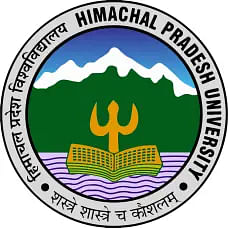











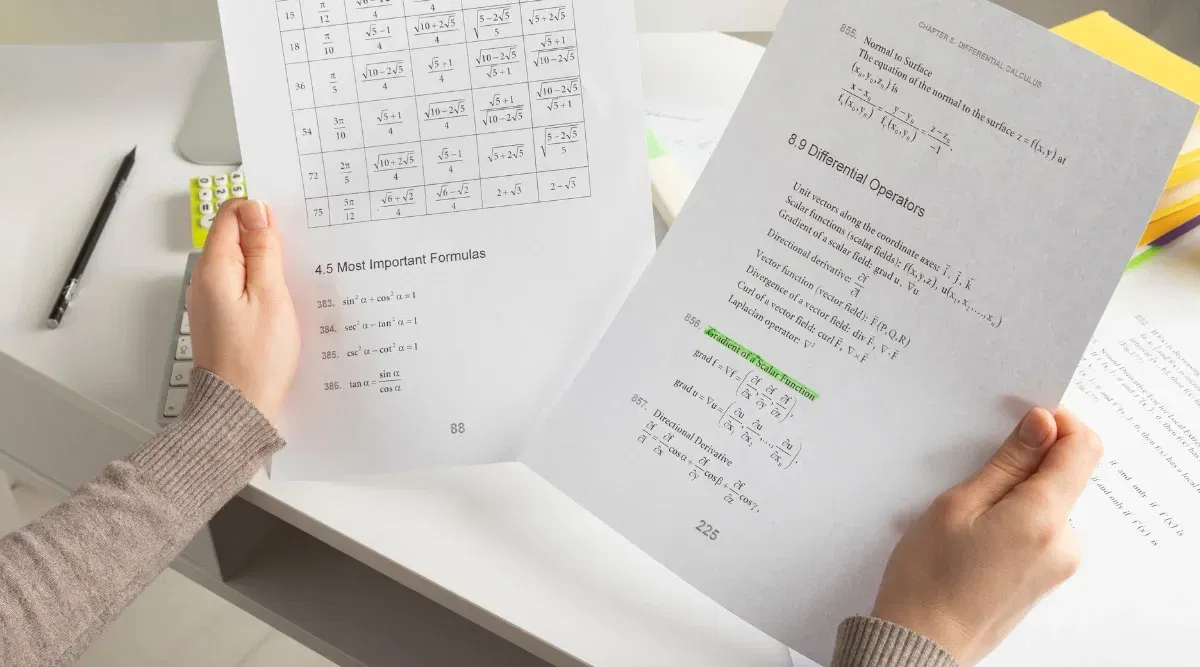
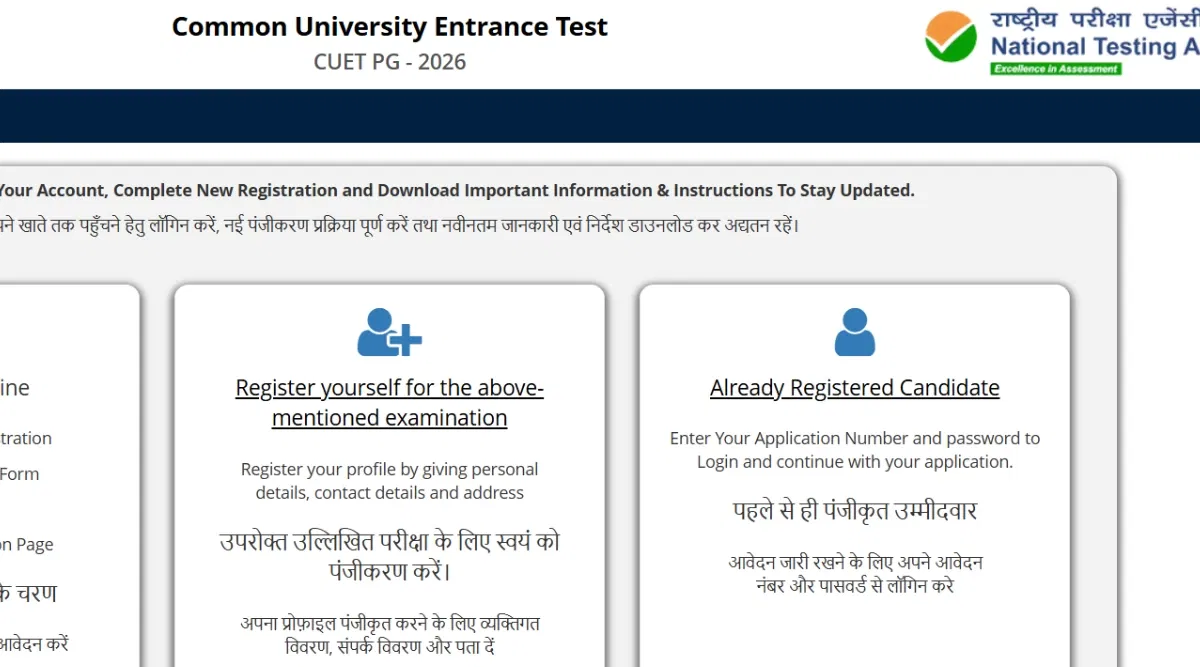
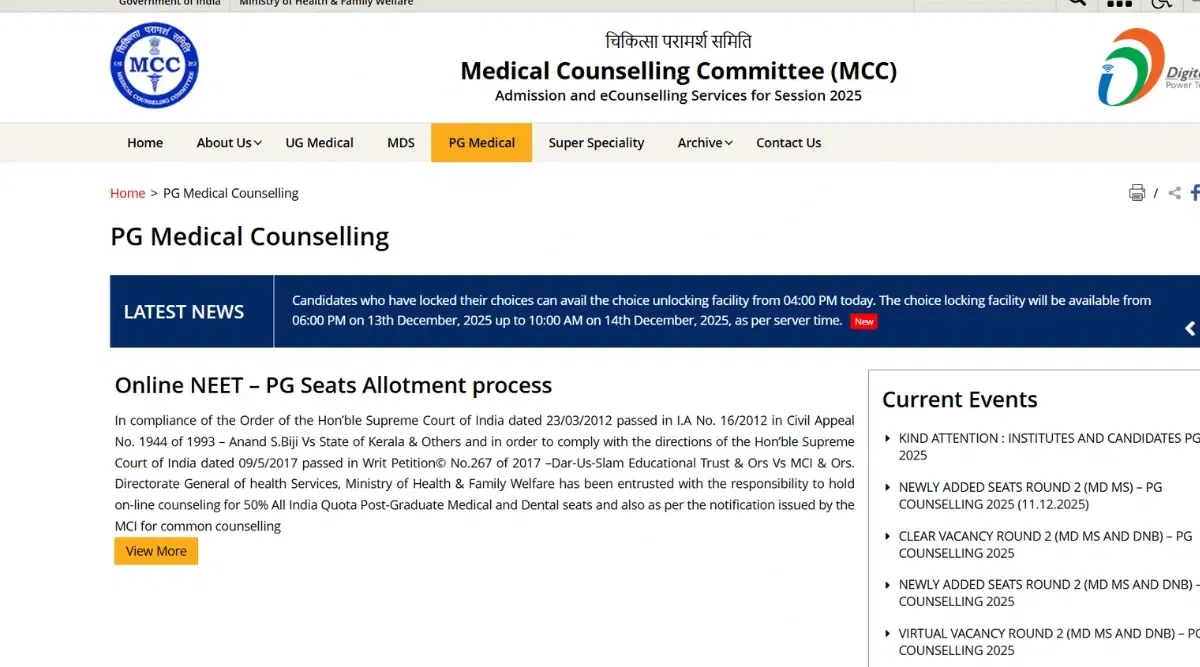


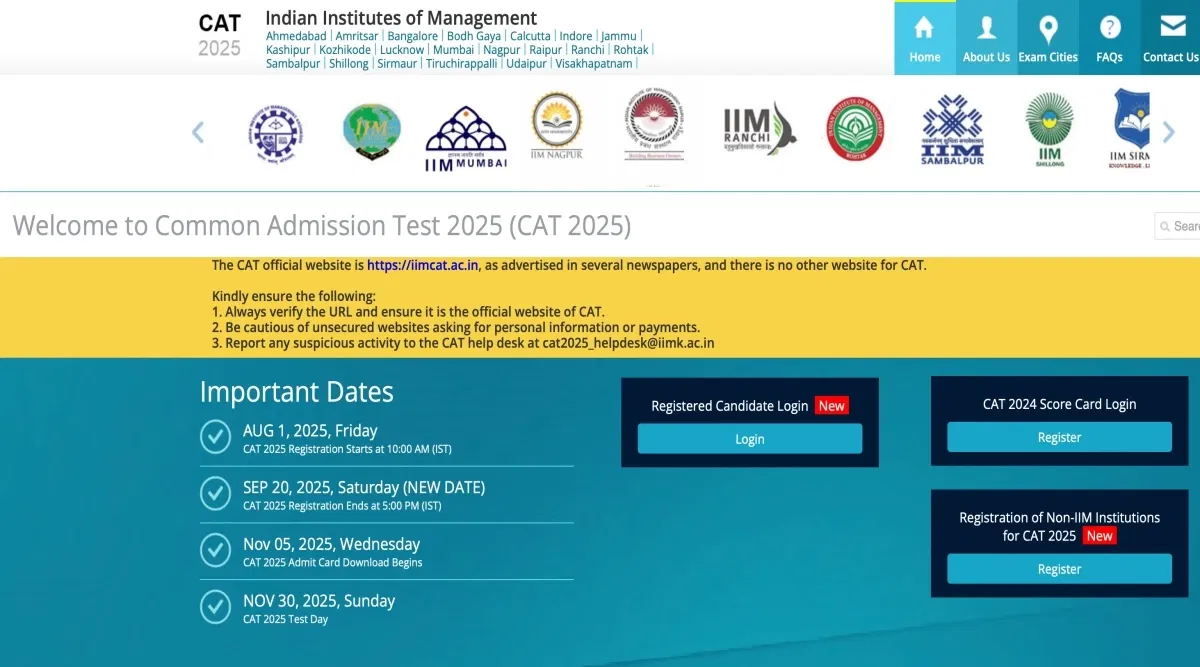



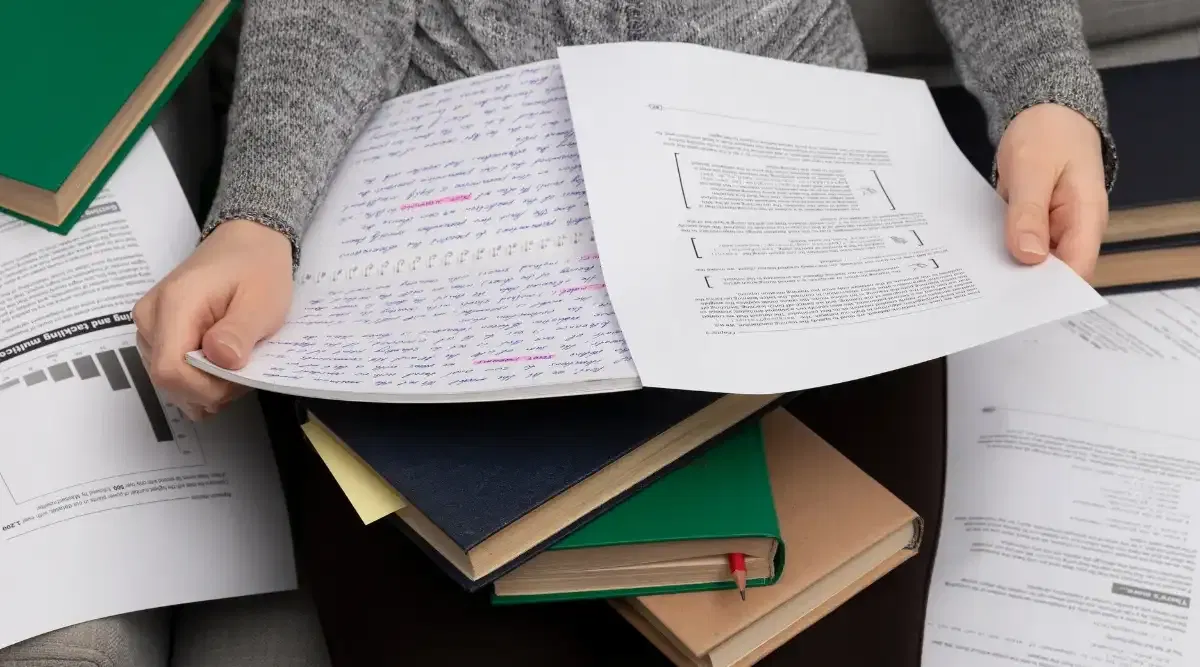

POST YOUR COMMENT